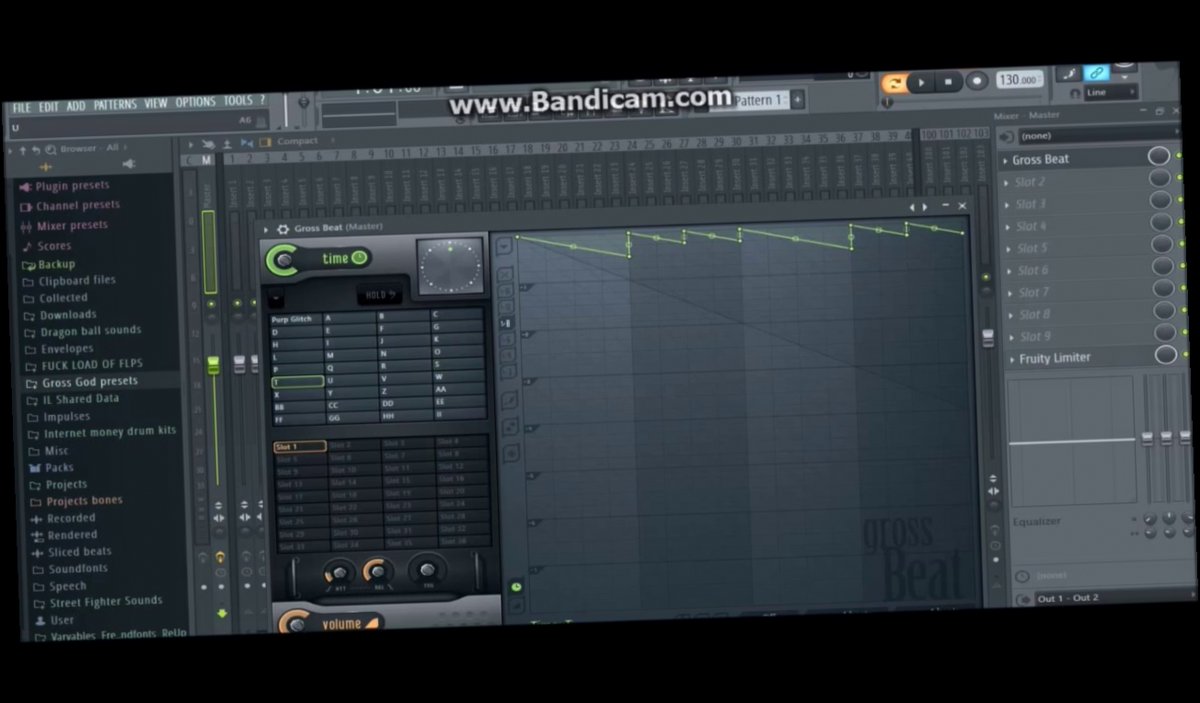
The Rich parameter determines the total number of harmonics generated (between one and 32,767), and hence the 'richness' of the sound. Exactly how these numbers influence the process is not made clear, although adjusting them can alter the sound significantly.

Two "seed values” - numbers between - are specified per preset, providing "two independent weightings for the harmonic spectra”. Programming it from scratch can be a challenge, and sadly the help file isn't all that helpful. Ogun represents something of a departure from conventional synthesizer designs. The bottom third is given over to Ogun's on‑board effects, which include chorus, delay and reverb. A graphical envelope editor is used to assign modulation sources, or Articulation Parts, to parameters.

The top third contains master pitch and volume controls, an on‑screen "modulation square”, and a patch information display. The GUI controls are small, some to the point where they can be quite fiddly to manipulate with an ordinary laptop touchpad. The largely grey‑on‑grey colour scheme is not unattractive, but is quite low‑contrast, which is not an aid to visibility. Image Line describe Ogun's GUI (Graphical User Interface) as "space‑saving”, which is fair enough, although 'cramped' would be another way of putting it. The quoted minimum requirements are on the high side - a 2GHz CPU and 512MB RAM are recommended - and additive synths can sometimes be a drain on system resources, although during testing Ogun seemed quite efficient. From the developers of the popular FL Studio host application comes Ogun, an unusual additive synthesizer plug‑in with the emphasis on "rich, metallic and shimmering timbres”.


 0 kommentar(er)
0 kommentar(er)
